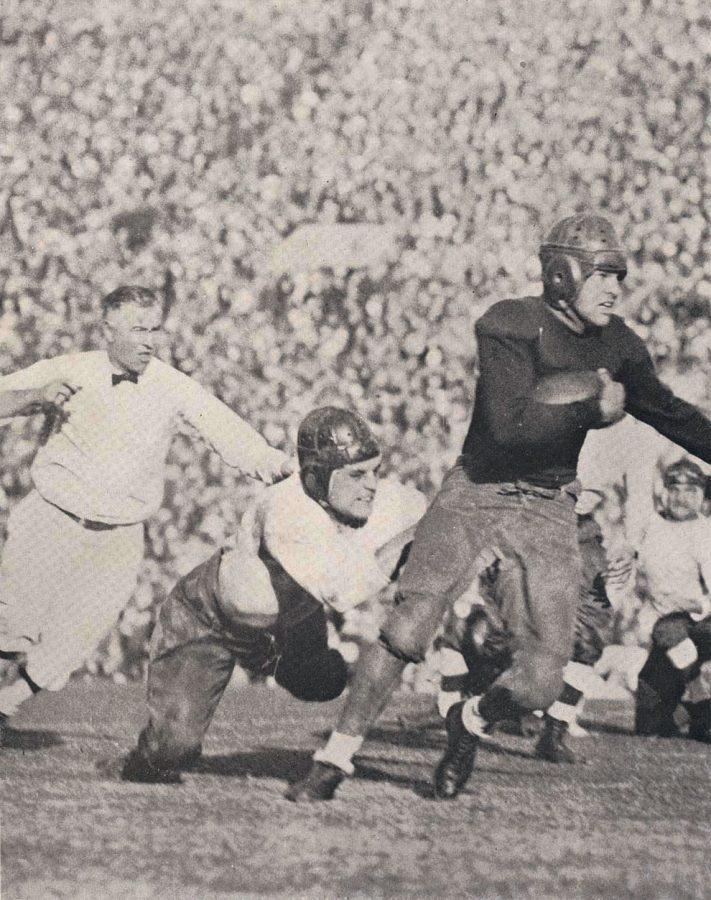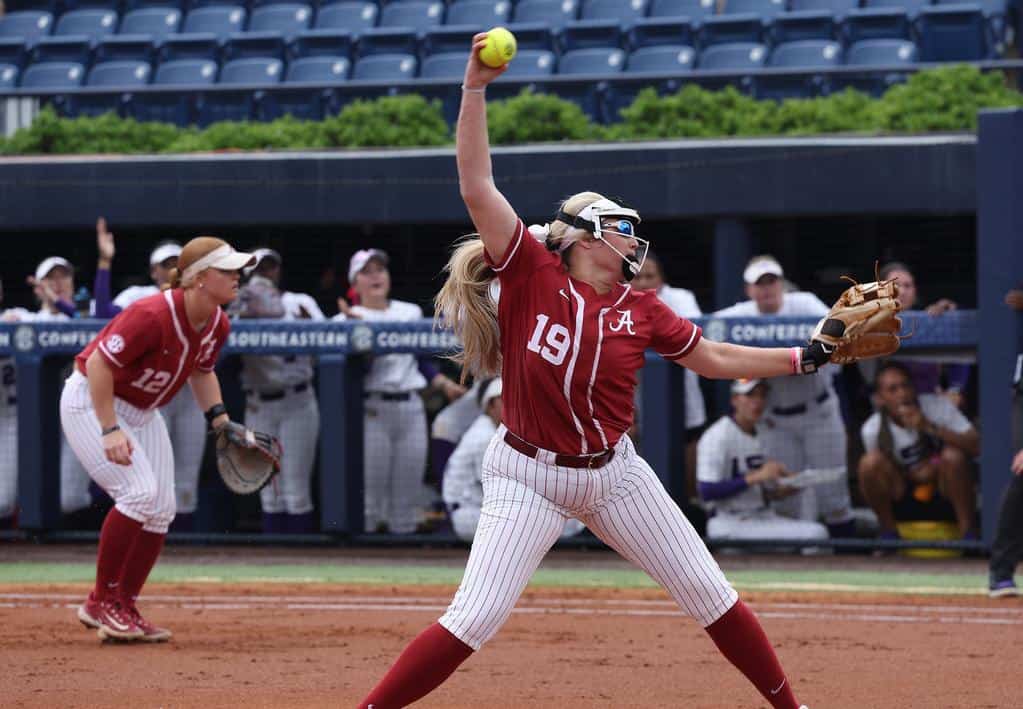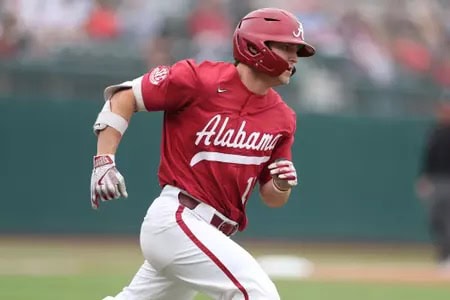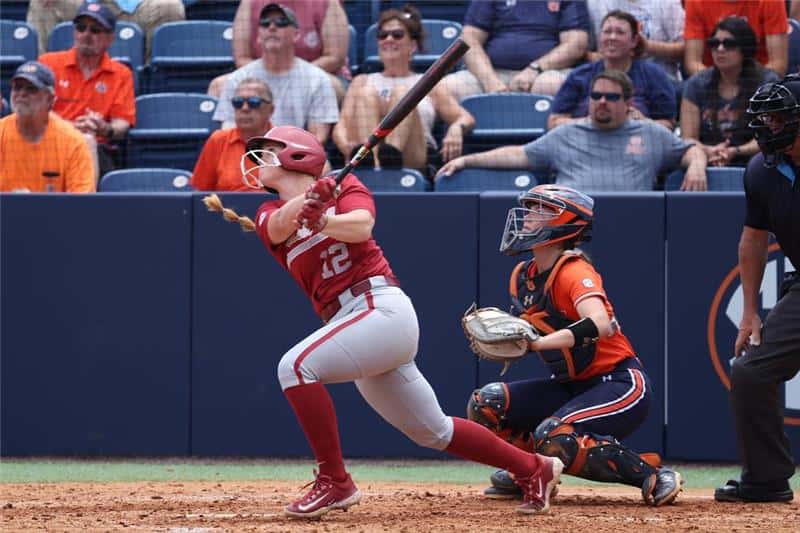When the game of football began in the 1860s, the first organized football games were essentially games of backyard football between groups of college buddies. Players were the same size, they could play multiple positions, and they never wore helmets.
“Originally they had no helmets, but they started getting injuries, particularly to the ear and nose,” Ken Gaddy, director of Bryant Museum said. “They even tried using nose guards, and players started growing long hair to protect themselves.”
Not until the 1890s did players begin to wear helmets. The very first types of helmets worn were made of leather. If you have ever seen the movie “Leatherheads” with George Clooney, you get the idea.
“As I recall, the helmets we played in were leather,” Don Salls, former Alabama fullback and defensive back said. “When you did head on tackling, you had to worry about your head. We all survived, and I don’t remember anyone coming out with any type of head injury. They weren’t plastic though.”
The first plastic helmets were introduced in 1939. The plastic shell was stronger, lighter, longer lasting, and did not rot the way leather does when wet. You could also add color to the plastic lids to differentiate teams. They were a step up from the old leather tops but lacked one valuable necessity: facemasks, which were not implemented until 1955.
As the game’s popularity began to grow in the 1970s and 1980s, different changes were made to the chinstrap to further ensure player safety. Due to more safety concerns, four point chinstraps were required in college football. These helped keep the helmet firmly in place during contact. These days, it’s hard to recognize a helmet from five or six years ago, let alone thirty years.
“A helmet worn by Joe Namath is completely different from a helmet worn by Brodie Croyle,” Gaddy said. “The helmets the players wear today are even different than what players wore when Brodie was here. Technology has changed so much that now they have helmets that can almost custom fit to a player’s head.”
In today’s world, helmets are constantly being tested and changed. Football is taking steps at every level to further protect players from head and neck injuries. Helmets today are built to take maximum punishment from 300-pound monsters aiming to take their opponents’ heads off.
Developers such as the Schutt and Riddell sports companies have taken strides to cut down on all types of head injuries. In fact, a 2006 study released by the University of Pittsburgh Medical Center shows that the Riddell Revolution, and others like it, reduces the incidences of concussion by 31 percent.
As the game continues to progress and the players continue to get bigger, stronger and faster, look for helmets to be made of the same metals they use to make army tanks.







